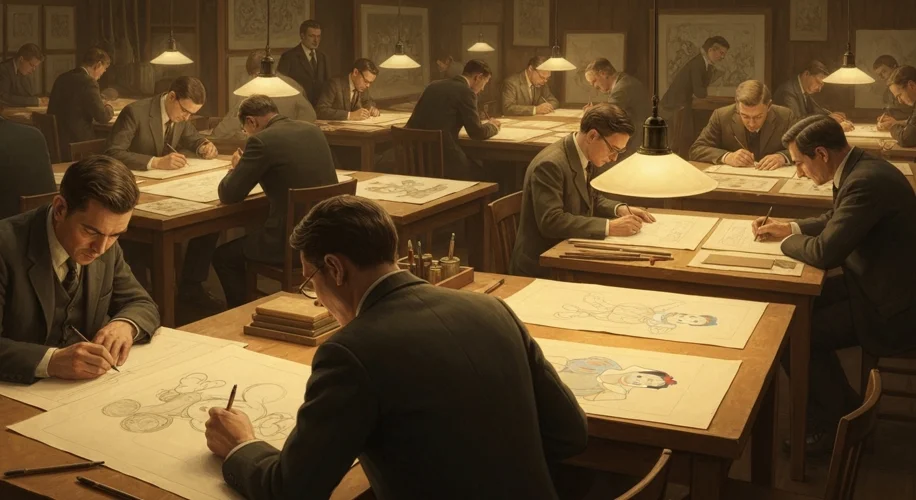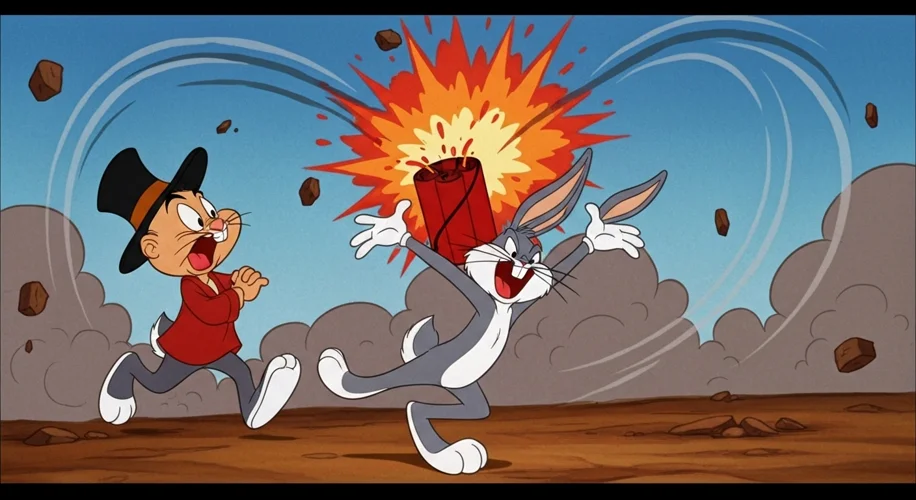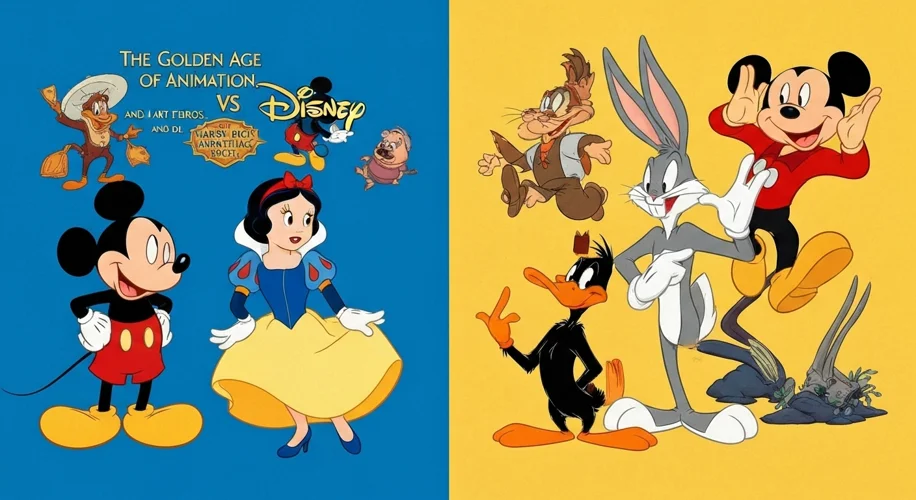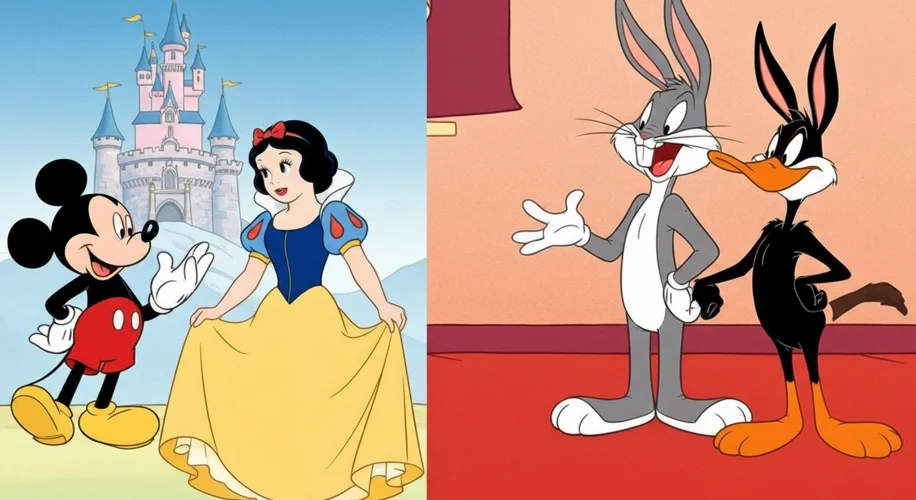In the annals of popular culture, few forms of storytelling have captured the imagination quite like animation. While today we might associate the medium with the digital wizards behind Pokémon and Nintendo’s beloved Mario, its roots run deep, blossoming into a “Golden Age” that laid the very foundation for the animated franchises we cherish. This era, primarily spanning the 1930s through the 1950s, was a crucible where artistic innovation and nascent cinematic techniques collided, giving birth to characters and worlds that would shape generations.
The early 20th century saw animation as a novelty, a flickering, often crude, addition to live-action films. Figures like Winsor McCay, with his painstaking hand-drawn Gertie the Dinosaur (1914), demonstrated the potential, but it was the burgeoning studios of Walt Disney and Warner Bros. that truly elevated the art form.
Walt Disney, a name synonymous with animation, envisioned a different kind of magic. He sought to imbue his characters with personality, emotion, and a narrative depth that mirrored live-action dramas. This ambition culminated in “Snow White and the Seven Dwarfs” in 1937, a feature-length film that defied skepticism and became a global phenomenon. Disney’s approach was meticulous. Each character, from the innocent Snow White to the grumpy Grumpy, was developed with a backstory and a distinct set of gestures. The animation wasn’t just about movement; it was about conveying the inner life of the character. The painstaking process involved storyboards, model sheets, and a vast team of artists dedicated to bringing each frame to life. The result was a world of enchantment, setting a benchmark for quality and emotional resonance.

Meanwhile, across town, Warner Bros. was carving its own niche with a different, edgier style. Under the guidance of Leon Schlesinger, and later featuring directors like Tex Avery, Chuck Jones, and Friz Freleng, Warner Bros. Cartoons (often known as Looney Tunes and Merrie Melodies) embraced a zany, fast-paced, and often anarchic brand of comedy. Their characters – Bugs Bunny, Daffy Duck, Porky Pig, and the Tasmanian Devil – were not bound by the same emotional realism as Disney’s creations. They were wisecracking, rule-breaking, and hilariously destructive.
Bugs Bunny, in particular, emerged as the epitome of Warner Bros.’s irreverent spirit. Introduced fully formed in “A Wild Hare” (1940), Bugs was a quick-witted trickster who constantly outsmarted his pursuers, often by breaking the fourth wall and directly addressing the audience. This meta-commentary, coupled with wild gags and a rapid-fire delivery, defined the Warner Bros. style. The animators at Warner’s were pushing boundaries, experimenting with exaggerated physics and violent comedic scenarios that would have been unthinkable in Disney’s more family-friendly universe. Their shorts were often brief, potent bursts of energy, designed to entertain and surprise with every frame.

The rivalry between Disney and Warner Bros., though often understated, fueled innovation. Disney’s success with feature films inspired Warner Bros. to explore longer narratives, while Warner’s wild comedic shorts pushed Disney to experiment with more dynamic characterizations in their own shorts. This competition wasn’t just about box office receipts; it was about pushing the very definition of what animation could be.
The cultural impact of this era is immeasurable. Disney’s characters became cultural ambassadors, embodying American optimism and technical prowess. Their films were exported worldwide, introducing millions to the magic of animation. Warner Bros., with its more universal, slapstick humor, appealed to a broader, perhaps more rebellious, audience. The characters and their catchphrases – “What’s up, Doc?”, “Th-th-th-that’s all, folks!” – permeated everyday language and consciousness.
The legacy of this Golden Age extends far beyond the characters it created. It established the fundamental principles of character design, timing, and storytelling that still guide animators today. The development of animation techniques, from cel animation to multiplane cameras, laid the groundwork for future advancements. Even as technology has evolved from hand-drawn cels to sophisticated CGI, the core artistry and narrative ambition that defined Disney and Warner Bros. during their Golden Age remain the true gold standard. The enduring appeal of characters like Mickey Mouse and Bugs Bunny is a testament to the power of well-crafted stories and unforgettable personalities, proving that even in a world of advancing technology, the heart of animation lies in its timeless art of storytelling.


